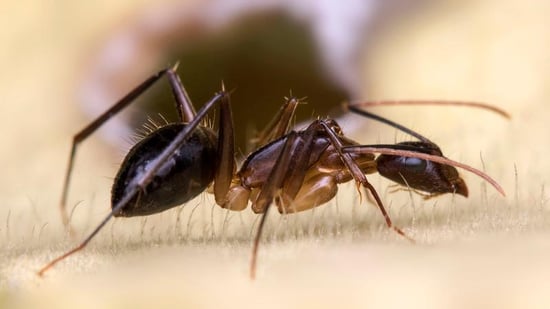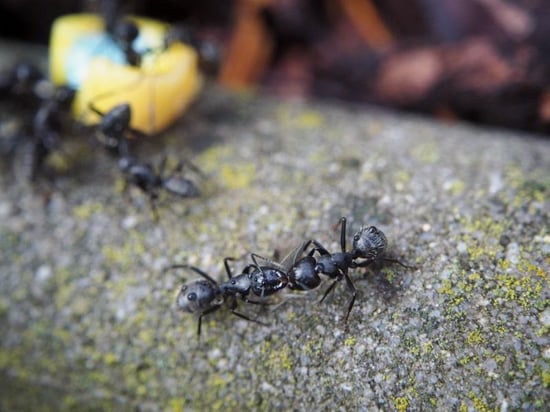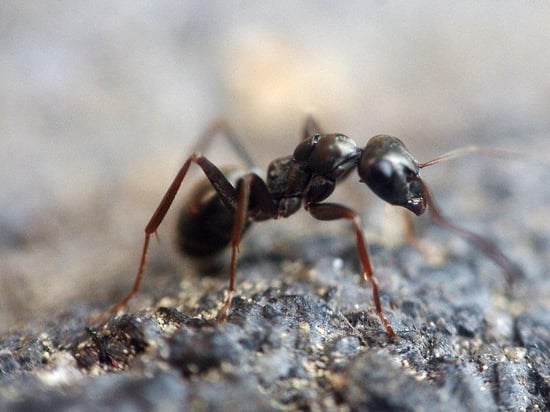Types of Ants In New York - Blog | Albany Ant Control
Feeling antsy? Upstate New York is occupied by a handful (or two) of different types of ants, and while not all of these tiny pests are much more than a relatively minor nuisance, some can cause real trouble. Here’s what you need to know about the types of ants in New York.
Common Questions About Ants
Before we dive into the full list of common ant types, let’s clear the air and answer a few common questions about ants.
How long do ants live?
While an ant's lifespan varies based on things like species and caste, there are some general rules that apply to most ant species:
- Male ants have the shortest lifespan among all members of the caste, usually only living for a few days and dying after mating.
- Worker ants, which are the non-reproductive females, do most of the actual work in the colony and will live between a few weeks and a few months.
- Queen ants are the most long-lived in any ant colony, with the ability to live for years.
What do ants eat?
Ants eat...pretty much everything and anything. Typically the ant diet consists of aphid milk, dead insects and insect eggs, plant sap, and most fruits. In human homes, ants will eat pretty much anything, from sweets to meats and fats. Basically whatever your diet, ants will find something to get their hands on.
How much can an ant lift?
Ok, this one isn’t really all that important when it comes to human-ant relations (fraught at best, by the way), but are ants really as strong as people say they are? The truth is: yes! Ants are super strong -- able to lift anywhere from 10 to 50 times their body weight. Luckily, ants only weigh between 1mg and 5mg, which means humans are safe from an ant’s incredible strength. Lucky us.
Types Of Ants In New York
Now that we’ve gotten some of those questions out of the way, let’s talk a bit about the different types of ants that are frequently found in New York.
Odorous House Ants
- Particularly attracted to sweets, specifically honeydew.
- Nest near moist areas like near pipes and hot water heaters, or under stacks of wood.
- 1/16 to ⅛ of an inch long.
- Brown or black in color.
- Give off a rotten smell when crushed -- hence the name.
- Not dangerous, but can contaminate food.
Pharaoh Ants
- 1.5mm-2 mm long
- Usually a pale, yellowish-red color
- Tend to nest in wall voids
- Colonies can be as large as hundreds of thousands of ants
- Feed on sweets, oils, and proteins
- Have been noted for spreading over a dozen disease pathogens, including salmonella.
Thief Ant

- 1.5mm-2.2mm long
- Pale yellow or light/dark brown in color
- Leave trails of food from food sources to nests
- Colonies number in the thousands
- Can carry pathogens picked up from feeding on dead mice and rodents, which can be spread to food
Pavement Ants

- ⅛ of an inch long
- Black or brown in color
- Eat everything from seeds and fruits to cheese and meats
- Nest in walls, insulation, and under floors
- Outside are known for nesting in sidewalk and pavement cracks -- hence their name
- Can contaminate food, but are not a pathogen-spreading threat like other ants
Allegheny Mound Ants
- ⅛ of an inch long
- Construct mounds roughly 3 feet in diameter
- Red heads with a black-colored thorax
- Rarely enter homes, but can be an eyesore in yards
Carpenter Ants

- ⅝ of an inch long -- big for ants
- Black, red, or a black & red combination
- Can cause painful bites -- although they aren’t a serious health threat
- Usually nest in wet, damaged wood
- Can cause structural wood damage over long periods of time
Learn more about carpenter ants here.
Preventing Ants In The NY Capital Region
Ants can infest a house in the thousands, which makes taking care of them on your own a pretty difficult task. That’s when you turn to the ant specialists. At Thomas Pest Services, our Complete Care Plan treats homes for ant prevention and removal, along with many other common house pests. For more information on our ant control options, get in touch with us.


.png)
.png)
